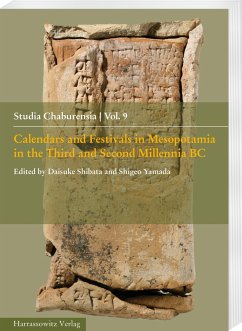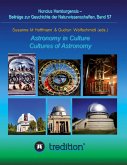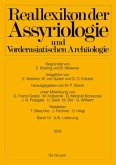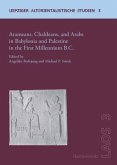From the latter half of the third millennium to the end of the second millennium BC, various calendar systems emerged and were used in the cities of Mesopotamia and the surrounding regions. A variety of calendars were utilized at different cities until the so called "Nippur calendar" became predominant, to be adapted broadly throughout the entirety of Mesopotamia towards the end of the second millennium BC. In order to compare the sources concerning calendars as practiced in different cities in various periods during the second Millennium BC and earlier, a conference sponsored by the Japanese Ministry of Education, Culture, Sports, Science and Technology was held in University of Tsukuba in March, 2016, with the participation of an international group of experts of the third and second millennia BC.This volume presents ten papers contributed by Assyriologists who took part in the conference. Through a fresh review of available sources, as well as the publication of new texts and documentary and archaeological details, the volume presents an important set of studies on calendars. It analyzes the ones used at irsu, Ebla, Nadaba, Ur, Nippur, Mari, Assur and Kanes, Terqa, abatum/ abetu, and Emar from the pre-Sargonic period to the end of the second Millennium BC. Including indices of the names of months and festivals the volume represents a new academic front in the study of the calendric traditions in Syro-Mesopotamia during these periods.
Bitte wählen Sie Ihr Anliegen aus.
Rechnungen
Retourenschein anfordern
Bestellstatus
Storno








